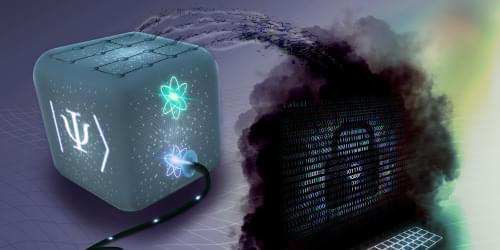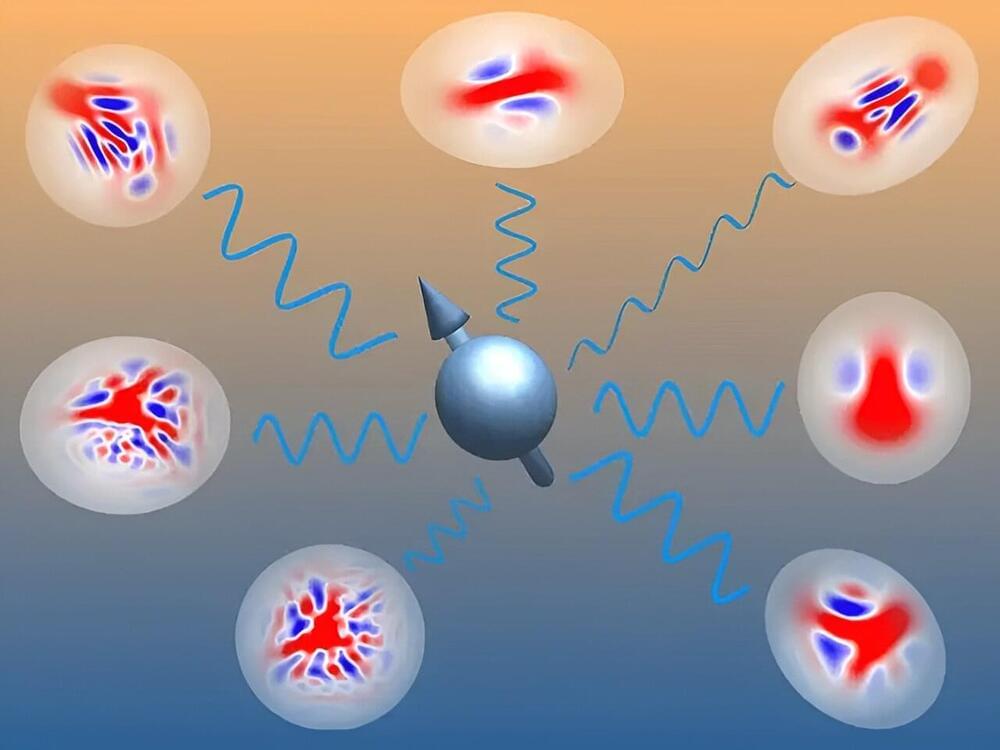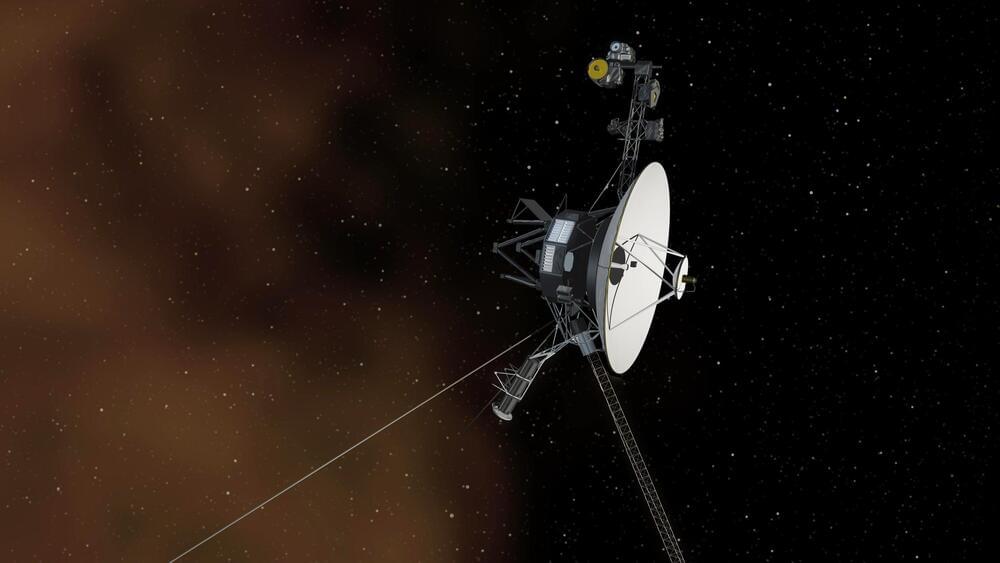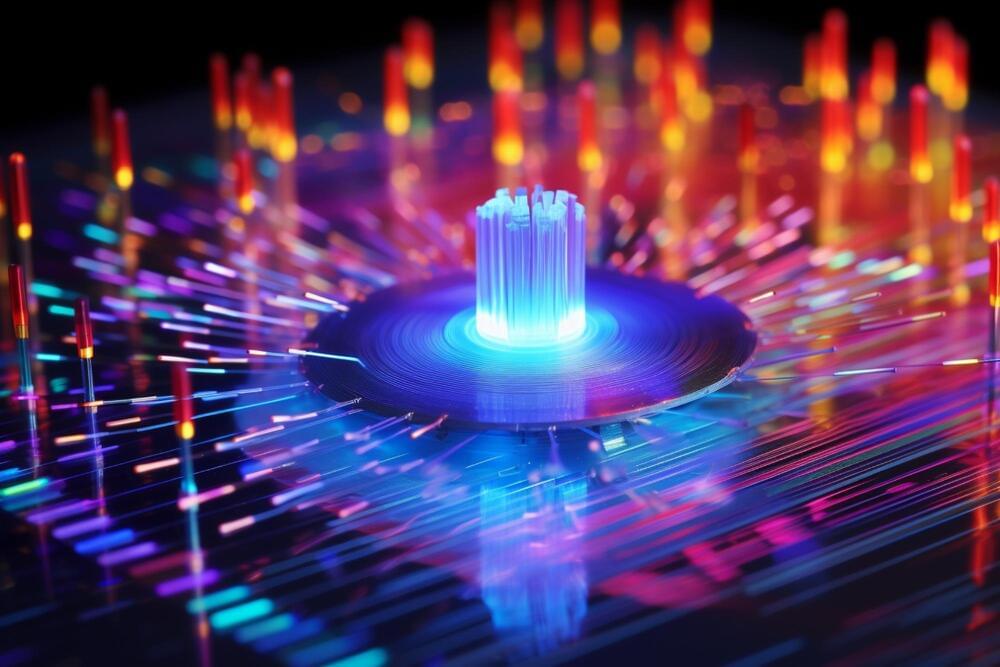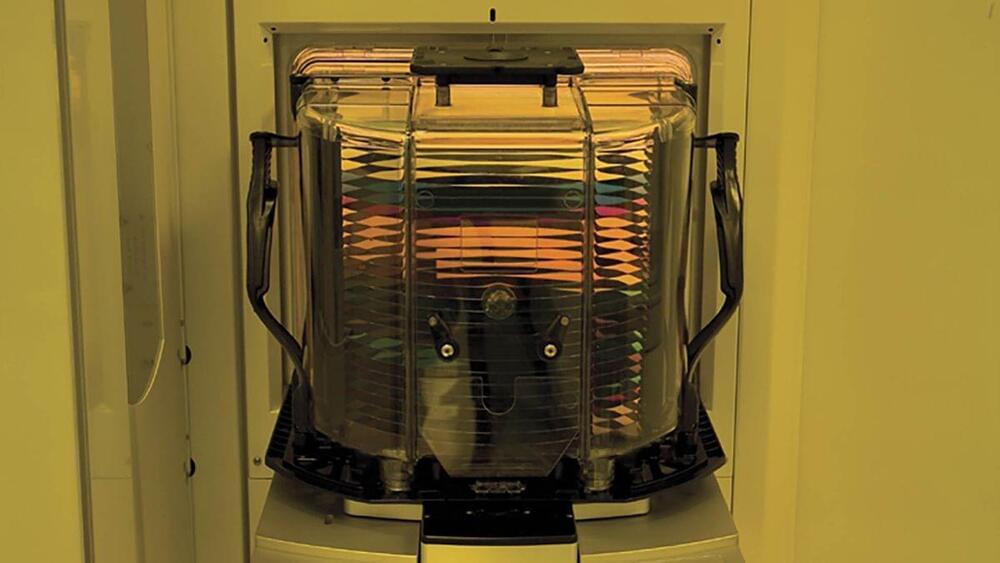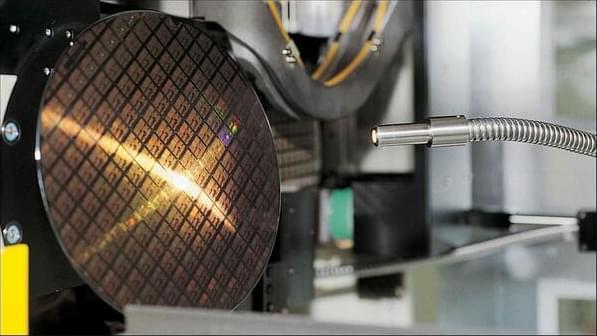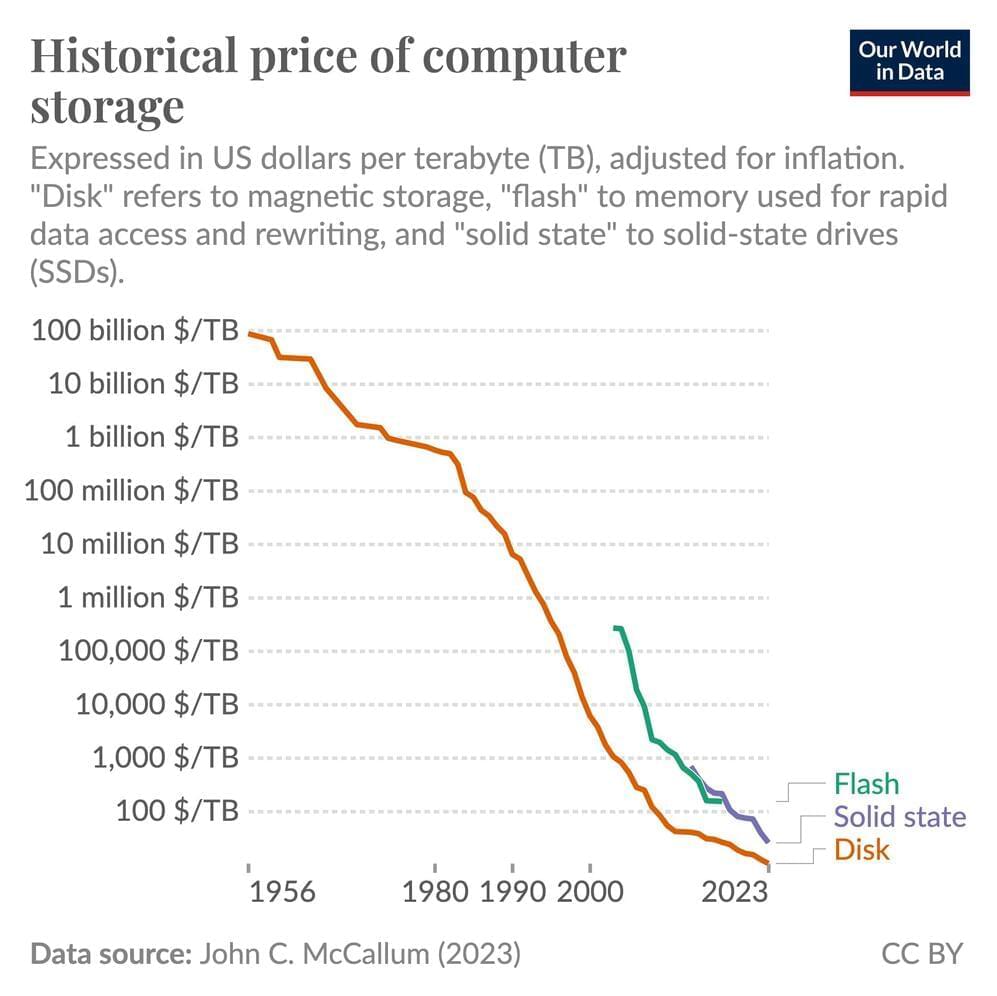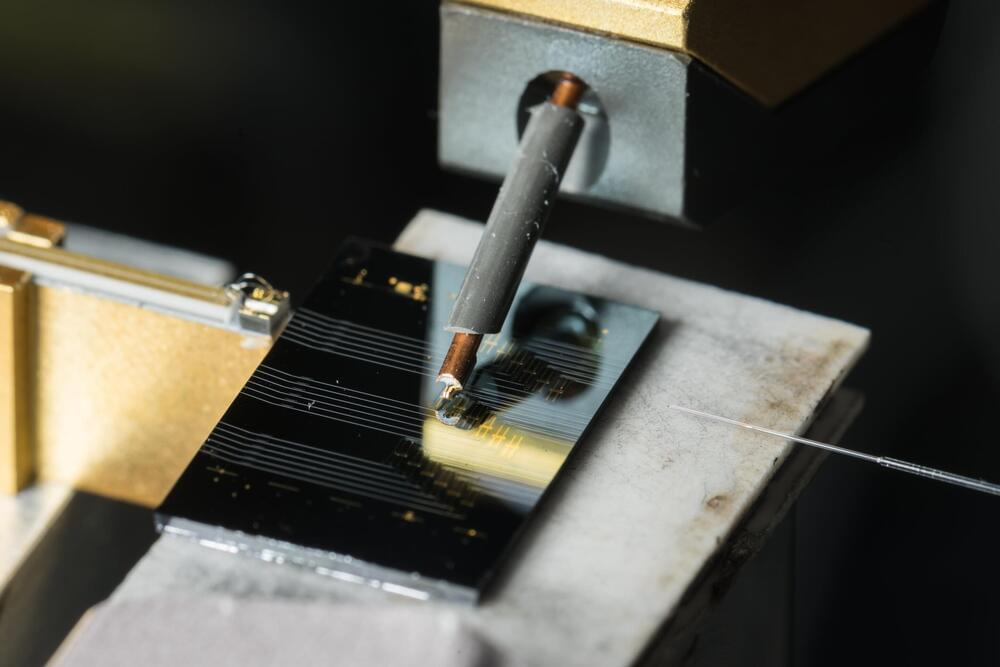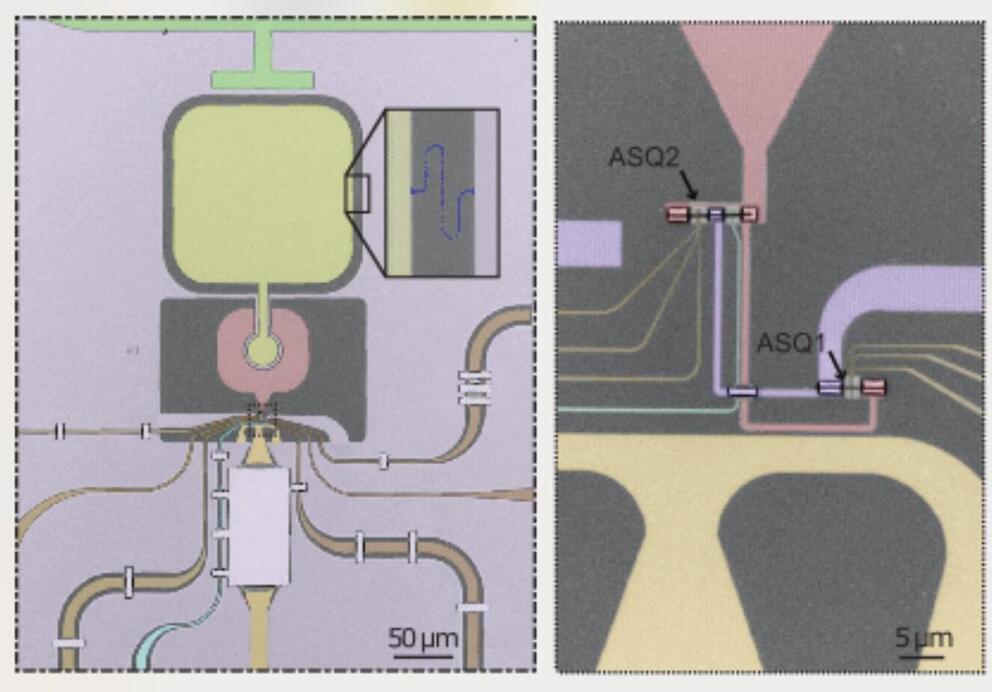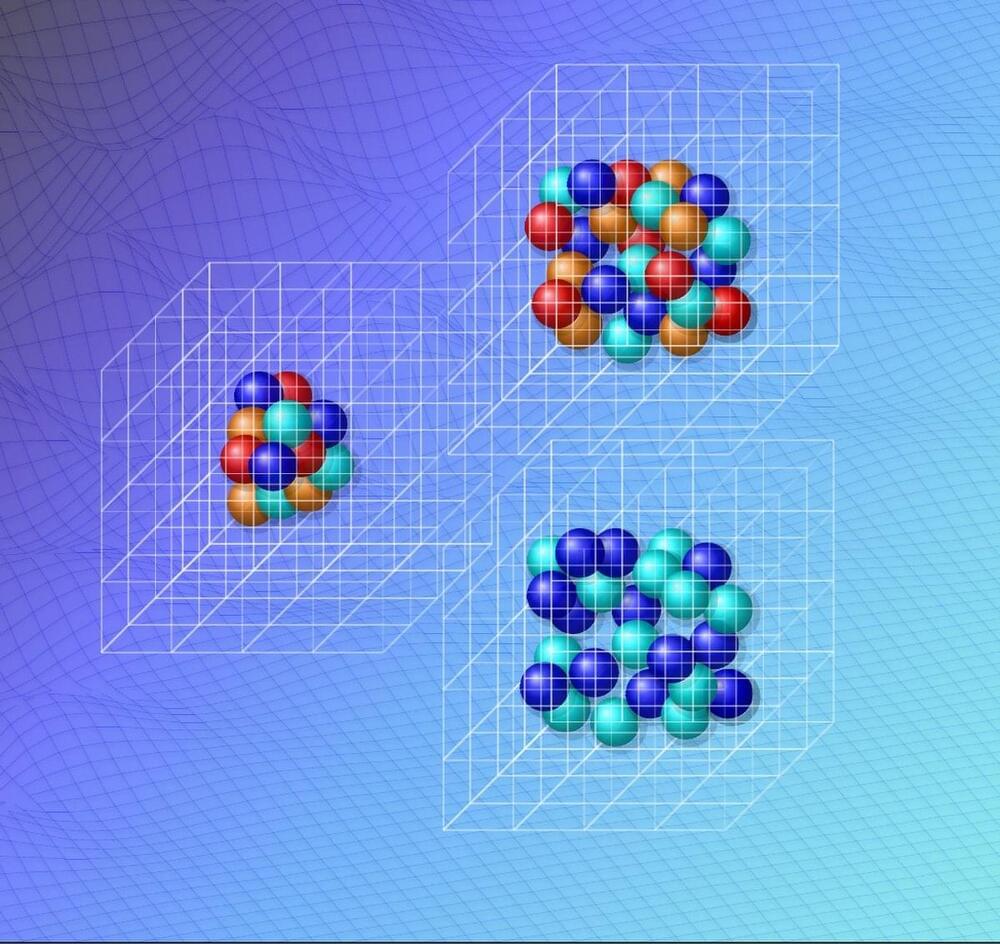A secure method for cloud-based quantum computing harnesses the power of quantum physics to keep data confidential.
Progress in quantum technology has been swift, but we still are far from the day when everyone will have a quantum computer in their house or at their business. The early stages of quantum computing will likely rely on a quantum version of the “cloud,” where users send data and computing tasks to a state-of-the-art quantum machine hosted by Google, IBM, or another company. But is that approach secure? It can be, thanks to the impenetrable secrecy of quantum-based protocols. A recent experiment demonstrates a version of “blind quantum computing” using trapped ions [1]. The protocol is scalable, meaning it offers potential to be incorporated into larger and larger quantum computing systems.
Quantum computers have the potential to be game changers in computationally intensive tasks such as drug discovery and material design. In these highly competitive sectors, there would be concerns about using a cloud-based quantum computer. “A company searching for a new wonder drug or for a high-performance battery material wouldn’t want to reveal confidential secrets,” explains Peter Drmota of the University of Oxford. However, it has been shown—in theory—that one can perform computations on a remote quantum computer while hiding the data and the operations done on such data. “Blind quantum computing could give a client confidence to use whoever’s quantum computer,” Drmota says.
